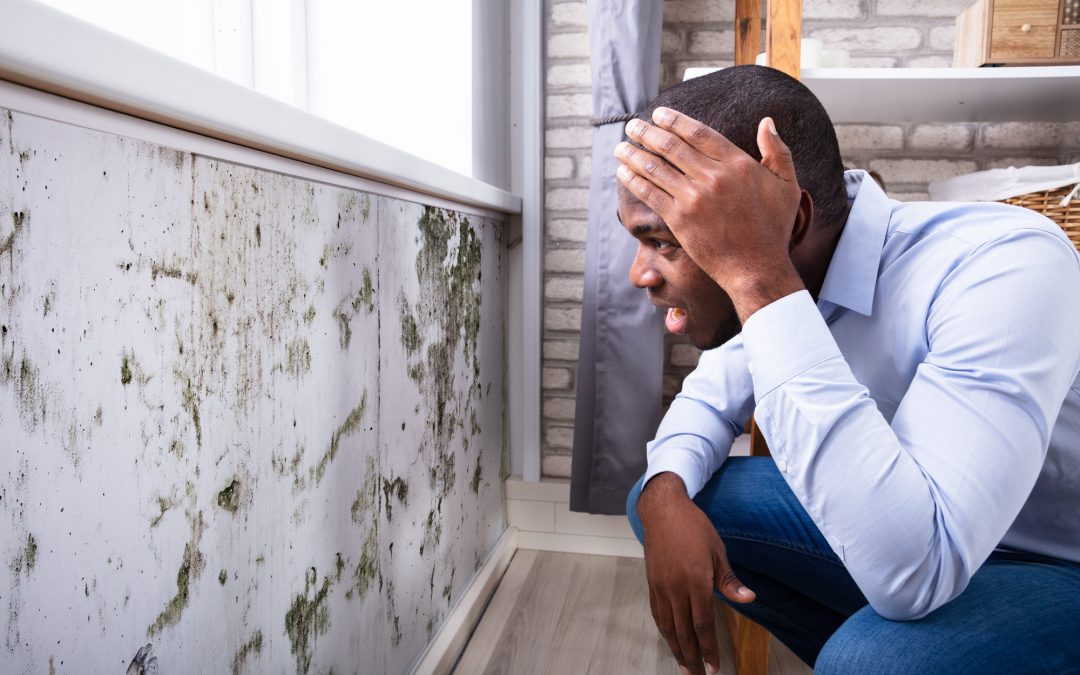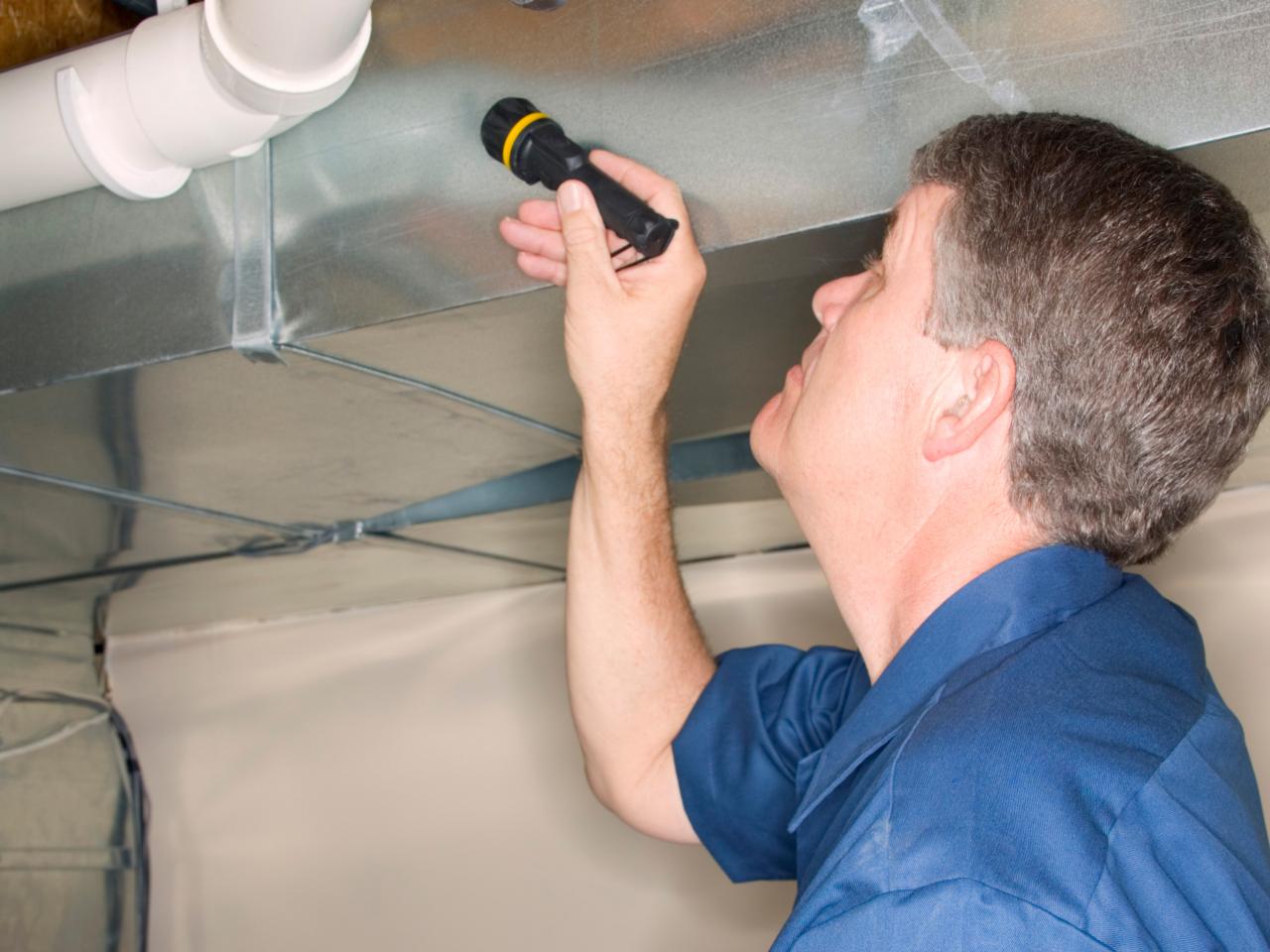After Mold Remediation Strategies for Tidy Rooms
After Mold Remediation Strategies for Tidy Rooms
Blog Article
Your Ultimate Guide to Post Mold Remediation Techniques
Navigating the world of post-mold removal strategies is a careful process that demands focus to detail and a detailed understanding of the intricacies entailed. In the consequences of mold and mildew infestation, knowing how to properly remove the mold and stop its reoccurrence is extremely important for preserving a healthy interior atmosphere. From choosing the right cleansing and sanitizing techniques to applying strategies for lasting mold and mildew prevention, each step in the removal journey plays an essential duty in ensuring an effective outcome. As we get started on this exploration of post-mold removal techniques, we will uncover the vital methods and best techniques that can help you restore your space to its pre-mold problem and safeguard it versus future mold and mildew hazards.
Comprehending Post-Mold Removal Refine
After finishing the mold and mildew removal procedure, it is crucial to understand the post-mold removal strategies that are necessary to ensure a extensive and effective clean-up. Once the mold and mildew has actually been eliminated, the following action involves cleansing and decontaminating the influenced areas to avoid any kind of regrowth of mold. This consists of using specialized cleaning representatives to wipe down surface areas and kill any continuing to be mold and mildew spores. It is necessary to dry out the area completely to inhibit the development of mold and mildew in the future (After mold remediation). Appropriate air flow and dehumidification can assist in this procedure.
In addition, performing a last assessment post-remediation is vital to guarantee that all mold has been effectively gotten rid of. If the inspection reveals any remaining mold and mildew, added remediation may be required.
Effective Cleansing and Decontaminating Techniques

Avoiding Future Mold Growth

Significance of Appropriate Air Flow
Appropriate ventilation plays an essential role in protecting against wetness buildup, a vital variable in mold development within indoor settings. Reliable air flow systems help get rid of excess humidity from the air, reducing the opportunities of mold and mildew spores discovering the dampness they require to spread and germinate. Without sufficient ventilation, interior spaces can end up being a breeding ground for mold, resulting in potential health and wellness threats and architectural damages.
By guaranteeing correct air visit this site circulation, air flow systems can also assist in drying damp areas faster after water damages or flooding events, additionally hindering mold development. After mold remediation. In spaces like shower rooms, kitchen areas, attics, and cellars where dampness degrees have a tendency to be greater, mounting and keeping reliable air flow systems is critical in stopping mold and mildew infestations

Surveillance and Maintenance Tips
Given the vital function that appropriate air flow plays in protecting against mold development, it is necessary to establish efficient surveillance and upkeep pointers to make important link certain the ongoing capability of ventilation systems. Tracking humidity levels within the building is additionally critical, as high humidity can contribute to mold growth. By remaining aggressive and conscientious to the problem of ventilation systems, home owners can properly mitigate the risk of mold and mildew regrowth and keep a healthy indoor atmosphere.
Final Thought
Finally, post-mold remediation strategies are crucial for making certain a secure and tidy atmosphere. Understanding the procedure, carrying out efficient cleaning and decontaminating techniques, avoiding future mold growth, maintaining correct air flow, and routine monitoring are all crucial actions in the removal process. By following these guidelines, you can successfully get rid of mold and mold removal with borax avoid its return, promoting a healthy and balanced living or functioning room for all passengers.
In the consequences of mold infestation, recognizing how to properly eliminate the mold and prevent its reoccurrence is critical for preserving a healthy and balanced indoor setting. When the mold has been gotten rid of, the next step involves cleansing and sanitizing the influenced areas to stop any regrowth of mold and mildew - what to do after mold remediation. After removing visible mold and mildew development, it is crucial to cleanse all surfaces in the affected area to get rid of any kind of continuing to be mold and mildew spores. To further boost mold and mildew prevention steps, it is vital to address underlying problems that at first led to mold and mildew advancement.Offered the critical function that appropriate air flow plays in protecting against mold and mildew development, it is crucial to develop reliable surveillance and upkeep pointers to ensure the continued performance of ventilation systems
Report this page